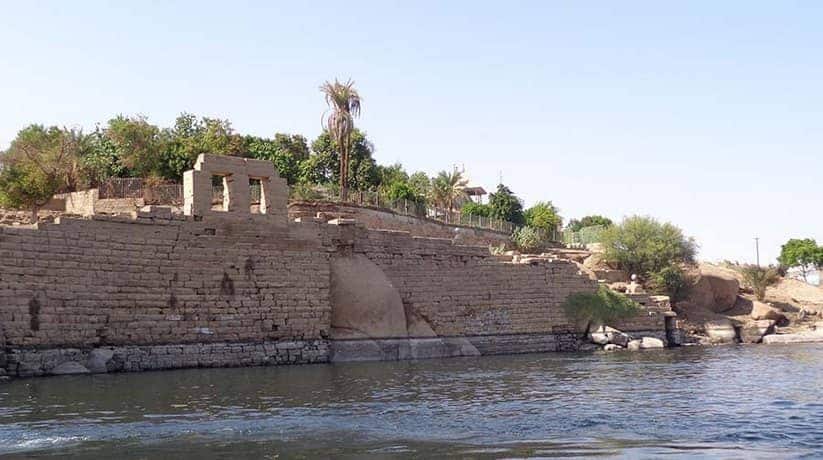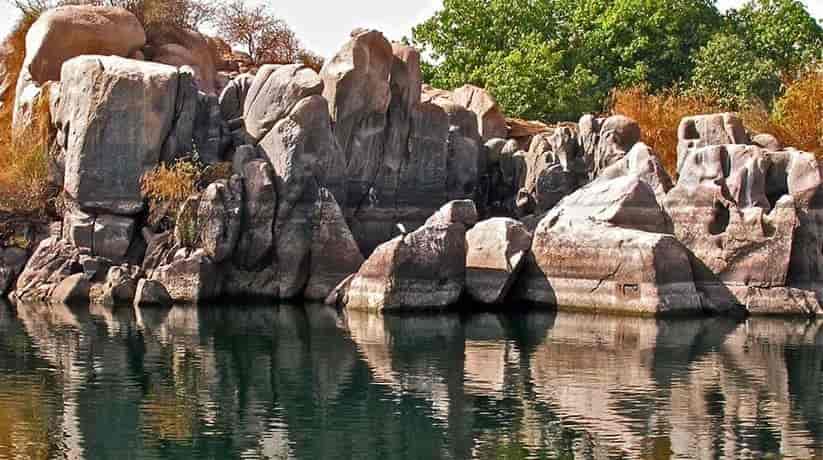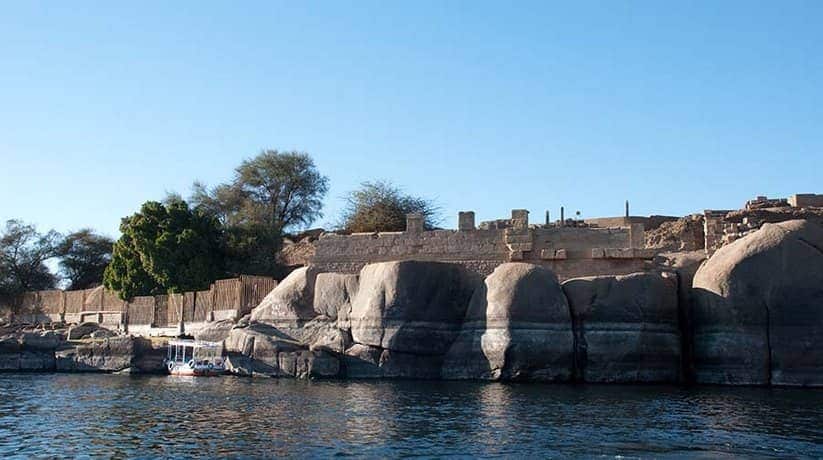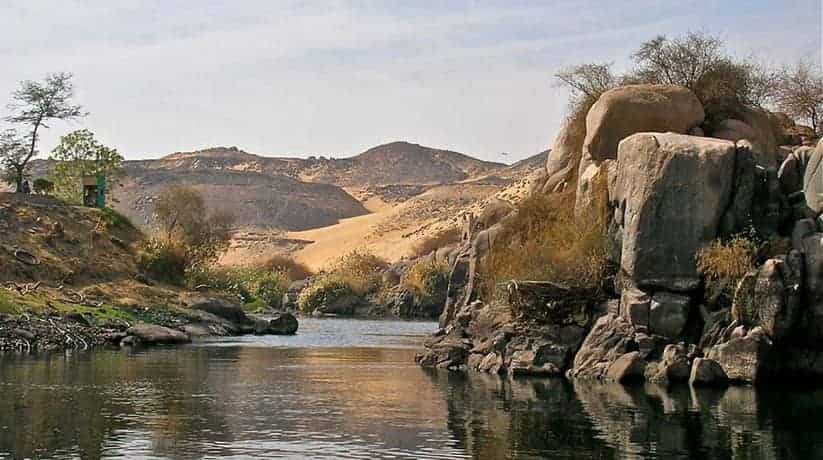Elephantine Island Aswan Egypt tours, prices, booking, reviews
Elephantine Island Aswan is an island which located in the center of the Nile at Aswan. In fact, the island was the original “border town”. The border town was between Egypt and the Nubian lands to the south. Moreover, in ancient times it was an important strategic position. It was both for the defense of the border and as a trading route. The island inhabited from the Early Dynastic Period. It was through Roman times until the present day. In fact, the ancient name of Elephantine Island Aswan was “Apu” or “Yebu”. It means elephant and derived from the shape of the smooth gray boulders. In fact, the boulders surround the island and look like elephants in the water. There was a great deal of building activity on the island. In fact, it was over the centuries. Though most of the ancient structures vanished now.
Excavations and reconstructions carried out over the past 100 years. It was by teams of German archaeologists. The largest surviving structure today is the temple of the ram-headed creator-god Khnum. The temple located at the southern end of the Elephantine island Aswan. In fact, the temple dates back from the New Kingdom to Roman times. A granite gateway built by Alexander is the only large structure of the temple. It remains intact and the ruins behind it are difficult to identify due to ongoing excavation. At the front of the temple a restored pavement. It surrounds fragmentary remains of columns which built by Ramses II. This leads down to a Roman quay. In fact, the temple oriented east to west. There is little to seen of the interior of the Temple of Khnum. The temple has a large square granite gateway which is one of the few surviving structures.
Further details about Elephantine Island Aswan:
In fact, there were excavation seasons of Elephantine Island Aswan. It was During the past few years by the German Swiss Mission to. They investigated around the New Kingdom remains of the Temple of Khnum. They recently uncovered more of the plan of the temple. In fact, they uncovered the location of pylons, columned court and forecourt. They also uncovered as a possible festival hall of Amenhotep II. Further north, behind the museum building there is the site of a small restored Temple of Satis. In fact, she was the consort of Khnum. The temple built in the time of Hatshepsut and Thutmose III. The reconstruction done with the few reliefs supplemented by drawn elements. In fact, the temple built over Middle Kingdom remains. Moreover, it is beneath different floor levels and also a Dynasty VI temple.
The latest structure to emerge from the excavations at the temple is an Early Dynastic shrine. It seen in a crypt-like area below the reconstructed temple. In fact, it must be one of the earliest remaining Temples in Egypt. One of the most interesting structures on Elephantine Island Aswan is the Nilometer. It is just in front of the museum. In fact, it was one of the earliest known nilometers and which used by the ancient Egyptians. It used to measure the height of the Nile floods to forecast the level of inundation. As a result, they can gauge taxes for the coming harvest. It has 90 steps which lead down to the river from the entrance. Along the banks of the island, there are many boulder inscriptions. They name the kings and governors who associated with the island.
How to get to Elephantine Island Aswan:
The island can reached by Felucca from anywhere along the Corniche. You can also take a motor boat from a landing near the telephone office. There is a private ferry which goes to the Oberoi Hotel but this lands inside the hotel enclosure.
















